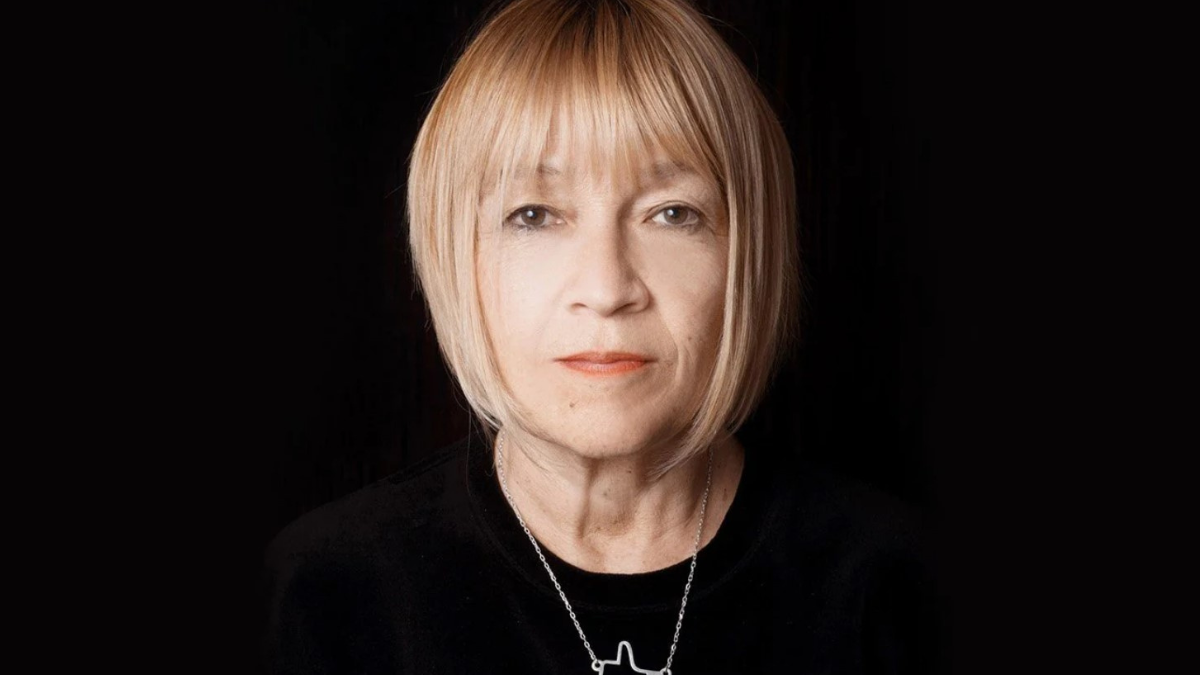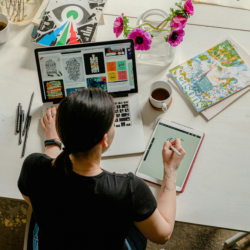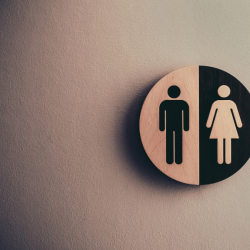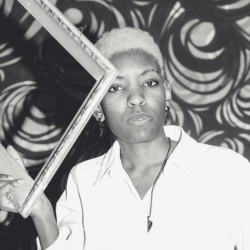MediaCat Turkey’s Managing Editor, Arzu Nilay Kocasu, chats with brand and business innovator, consultant, coach, keynote speaker, and founder of MakeLoveNotPorn, Cindy Gallop, about gender inequality in the advertising industry.
Your career in the ad industry started in the late ’80s, in an era most considered the ‘golden’ in terms of the creative boom fuelled by tech advancements and economic prosperity. The ad industry, like many others, was marked by significant gender inequality back then. How far do you think the brand communications industry in general has progressed regarding gender inequality? What was the situation in the ’80s, and what does it look like now?
When people ask me, ‘Cindy, what sexism did you encounter climbing up through the ranks in advertising as a young woman?’ my response is always, ‘A fish does not know what water is.’ There was sexism all around me in the late ’80s, and I didn’t notice it because that was the norm. That was just the way things were. Obviously all these years later, I can absolutely look back and see that. And, what I can tell you is that, apart from a very few tiny qualifications in the industry, nothing has changed.
Why so?
Because at the top of our industry, globally, there is a closed loop of men talking to men about other men. Those men at the top of the industry are sitting very pretty. They’ve got enormous salaries. Their gigantic bonuses… their big pools of stock options… their lavish expense accounts… Why on earth would they ever want to rock the boat? Oh, they have to talk about equality, diversity, inclusion. They have to appoint chief diversity officers. They have to have diversity initiatives. They have to say the word ‘diversity’ a lot, especially in public.
Secretly, deep down inside, they don’t want to change a thing, because the system is working just fine for them as it currently is. It’s slightly like the old joke about the light bulb… how many therapists does it take to change a light bulb? Only one, but the light bulb has to really want to change. And now in the industry, the light bulb does not really want to change. That is why I’ve been exhorting women and people of colour for years to start their own industry. And when I say that, I mean, ‘start your own business’, ‘start your own agency’, but not an agency like any of the ones you see around you. Start something that gives you agency.
I deliberately articulated it as ‘start your own industry’, because when the women and people of colour in our industry start their own business you can design that business to work anywhere you want it to. You can design in the workplace culture in which you thrive. You can design in the work-life balance that you want to have. You can design in the business model. That means that you make money the way you really want to make money.
And when you do that, you are starting the industry that we all want to live and work in.
Unfortunately, there’s no magic wand that will instantly eliminate gender inequality; change will occur over time with increasing courage, resilience and solidarity. In your opinion, what is the most powerful step that can be taken today to shorten the path to success? What can the industry do better to eliminate injustice?
It’s very simple. Here’s what needs to happen to shorten the path to gender equality. Powerful men of our industry have to hire (into equal power with themselves) brilliant women that they feel threatened by. That’s it.
That’s a quite short and clear answer
Because that’s exactly what needs to happen. That is what is not happening currently, and that’s what needs to happen.
On rare occasions, we see powerful campaigns like Nike’s ‘Dream Crazy’ that are inspired by social issues and executed beautifully, to not just harness but also amplify the message the issue bears. We’ve also seen several movements concerning women’s rights lately, like #MeToo and the ‘Women’s March’ in 2017. Do you think the industry should use these moments to become part of the conversation, or are gender issues still a topic too hot to handle in brand communications?
The idea that gender equality and gender issues are too hot to handle in brand communications is utterly ludicrous, and I’ll tell you why. We’re in an industry whose primary target is women. Women are the primary audience for everything our industry does, because we are the primary purchasers and primary influencers of purchases of everything. We all know who the ad industry is selling to. And so, to ask if gender equality is too hot to handle in brand communications is ridiculous, because you’re talking to women. Every time. Including, by the way, brands that think they are targeting men, but whose purchase will be very heavily influenced by how women feel about them. And so, honestly, it’s crucial when women are the primary target for our industry, and women are how our industry makes money, that we absolutely talk to women the way women want to be talked to.
Every woman in the world experiences gender inequality. You bloody bet she wants to see our industry show her a different picture, and help drive a different picture.
You were the inaugural jury president for the Glass Lions, and you are assuming the same role for the tenth iteration of the awards this year. In your opinion, among the works competing in Glass Lions over the past ten years that focus on the gender gap, which were the most successful in terms of creativity and the lasting impact they created?
Let me turn that question back on you… look around you. How much social impact has lasted? How much gender equality in creativity do you see around you in our industry? There’s your answer. And I want to just pick up on something you said with your first question. You said that I came up in advertising in London in the late ’80s, and that it was deemed the golden age. I’m here to tell you that our industry thinks its golden age was in the past. Our industry’s golden age hasn’t even begun. We have not even begun to see what this industry can be when it welcomes in equal power, creativity, talents and skills of women and people of colour.
So, our golden age is still in the future because when our industry finally does that, that is when we will see not only breakthrough creativity like you’ve never seen before, but you will see our industry making money. Like it’s never ever made it before. So, you know, our glory days are not over; our glory days are still to come.
Featured image: Cindy Gallop


































